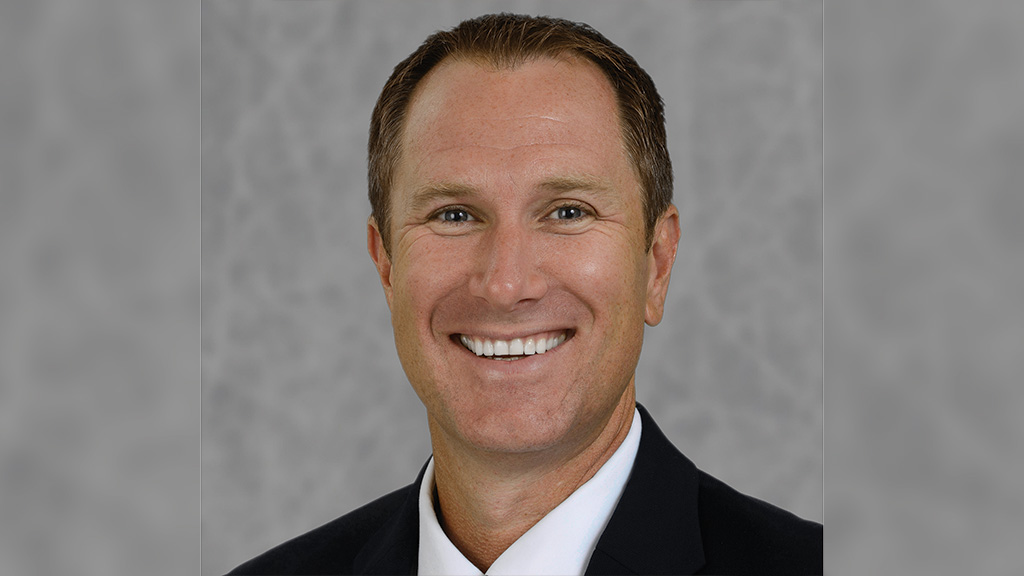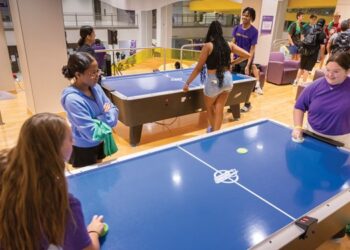From cultures with oral histories to cave paintings, storytelling is deeply embedded in society as a whole.
In fact, according to Linchpin — a digital marketing agency — nine storytelling trends of 2022 include customer stories, data-driven stories and stories about who companies are.
And in the industry of campus recreation, storytelling is key. Scott Haines, the director for Campus Recreation at SUNY Brockport, shared they use digital signage, web information, posters and information boards, social media, and cloud-based management software, REACH, to update messaging on any screen.
Haines also spoke about the power of in-person storytelling. “I take the opportunity at the campus budget presentations to tell our story,” he said. “It has led to our students and the faculty/staff being much more supportive in the work we do. They understand the value, and on top of that, they learn how 80% of our budget is self-revenue generating.”

In-person storytelling is also key to Eric Hawkes, the executive director of wellness and recreation at North Carolina State University (NC State). “No matter who is in the room, take the opportunity to just tell your story — even if it’s just a little snippet — whether it’s within a division leadership team meeting or just having lunch with colleagues or running into folks across campus,” he said.
The Benefits of Telling Your Story
Hawkes shared telling your story across campus can be largely beneficial. Sometimes, connecting with one person will open doors to a whole new group that is even more engaged. “People can be great resources and advocates for you and allow us to have some touch points we may not have necessarily been thinking about,” he said.
One of the best ways Hawkes has been able to tell the story of Recreation and Wellness happened upon opening the new Wellness Recreation Center. The chancellor and board of trustees had a happy hour and dinner reception in the facility in October 2021.
“We had student leaders from all areas available giving tours, talking about their experiences and what the project means and what wellness and recreation means to them and their campus life experience,” said Hawkes. “It was so impactful, and it really got to showcase all the things we do, whether it’s related to the building or not.”
But Hawkes hasn’t forgotten about the virtual. As they’ve become more hybrid, so has their ability to connect with students and tell their story. “Digital social media is by far our No. 1 way we communicate with our audiences now,” he said.
EXTRA CREDIT: Consumers trust recommendation over other forms of advertising. Ashley Demshki dives into the steps to start using word of mouth marketing.
Another way has been through the software Fusion. Hawkes shared it has allowed NC State to connect with users in a different way. They are able to push messages and tailor emails to offerings students, faculty and staff may have interest in.
However, Hawkes did note things have changed. For instance, they have been very mindful about pushing to sell memberships. Everyone’s comfort level of working out in-person at the facility is different right now.

In the end, though, the goal remains the same: To get people active. Hawkes hopes that’s ultimately the story that gets told. “I just want people to be active and to take care of themselves,” he said. “If that means walking around your neighborhood or joining a gym close to you because it’s convenient for you — I just want them to be healthy and well.”










